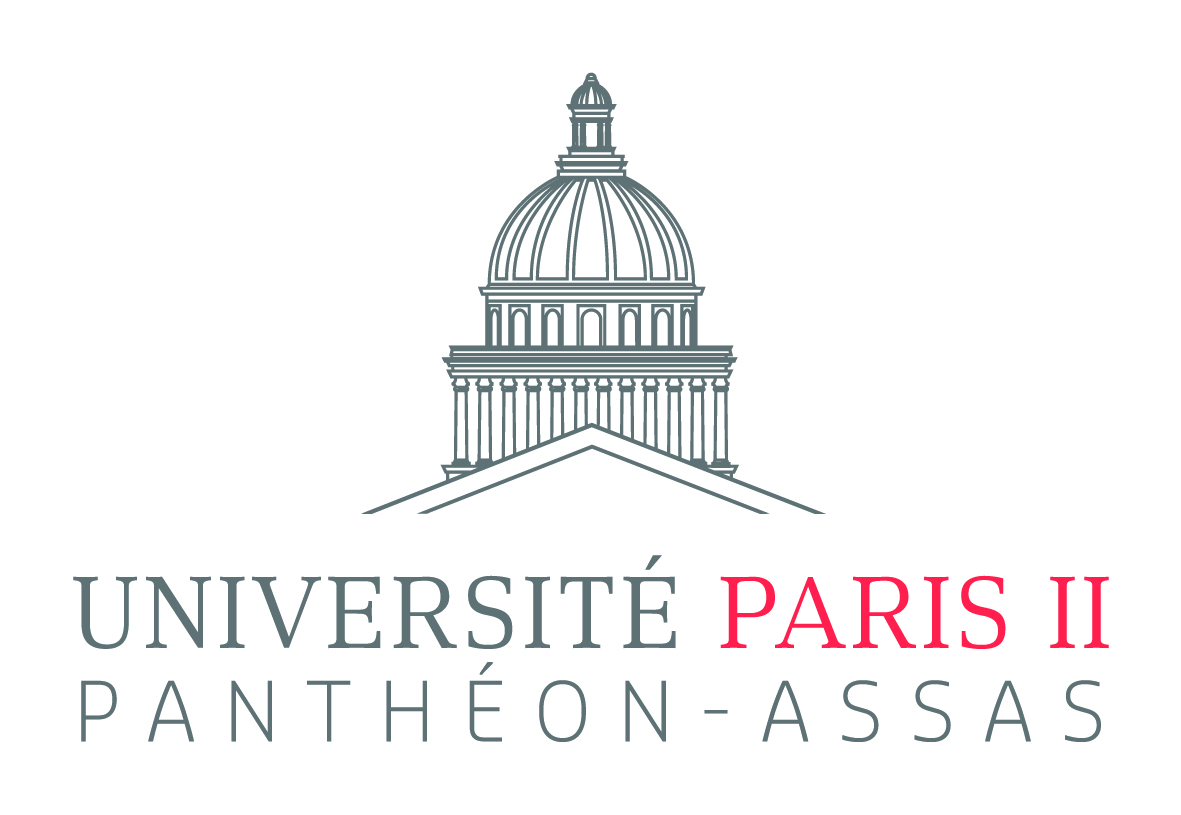
Feed aggregator
Arrêt n° 646 du 3 mai 2018 (16-26.306) - Cour de cassation - Chambre sociale - ECLI:FR:CCASS:2018:SO00646<br>
Arrêt n° 649 du 3 mai 2018 (17-10.306) - Cour de cassation - Chambre sociale - ECLI:FR:CCASS:2018:SO00649<br>
Arrêt n°289 du 27 mars 2019 (18-10.605) - Cour de cassation - Première chambre civile - ECLI:FR:CCASS:2019:C100289
54/2019 : 2 mai 2019 - Conclusions de l'avocat général dans l'affaire C-28/18
Rapprochement des législations
Avocat général Szpunar : Deutsche Bahn ne peut exiger des clients souhaitant acheter un billet de transport en ligne en payant par prélèvement d’être domicilié en Allemagne
55/2019 : 2 avril 2019 - Arrêt de la Cour de justice dans l'affaire C-614/17
Agriculture
L’utilisation de signes figuratifs évoquant l’aire géographique à laquelle est liée une appellation d’origine protégée (AOP) peut constituer une évocation illicite de celle-ci
Compétence dans l’Union : précisions sur le critère de la succursale
Une juridiction d’un État membre n’est pas compétente pour connaître d’un litige relatif à un recours indemnitaire, suite au retard d’un vol, dirigé contre une compagnie aérienne établie sur le territoire d’un autre État membre, au motif que cette compagnie dispose, dans le ressort de la juridiction saisie, d’une succursale, sans que celle-ci ait pris part à la relation juridique entre la compagnie et le passager concerné.
Huawei v Conversant wireless. Reflexive application of patent validity jurisdiction confirmed in principle – but rejected in casu.
In [2019] EWCA Civ 38 Huawei v Conversant Wireless (on appeal from [2018] EWHC 808 (Pat) the Court of Appeal considered whether in the event of 2 defendants being UK based (the others domiciled in China) the UK courts may relinquish jurisdiction reflexively to honour Article 24(4) Brussels Ia’s exclusive jurisdictional rule for the validity of patents.
Neither Article 33’s lis alibi pendens or Article 34’s ‘forum non conveniens’ rule were discussed.
Huawei China and ZTE China have commenced proceedings in China against Conversant, seeking to establish invalidity and (in the case of Huawei China only) non-infringement of Conversant’s Chinese patents. Conversant have inter alia sued Huawei China and ZTE China in Germany for infringement of its German patents.
Following Owusu, jurisdiction for infringement of UK patents against UK incorporated companies must lie and remain with the English courts per Article 4 B1a. As readers will remember from my review of Ferrexpo, the English courts for some time however have noticed with relish that the CJEU in Owusu did not entertain the part of the referral which asked it whether exclusive jurisdictional rules may apply reflexively – holding thereafter in the CJEU’s stead that they might so do (in a discretionary: not a slavish fashion: Floyd J here at 115).
At 95 ff Floyd J discusses the issues after having summarised the various representations made (see a summary of the summary by John de Rohan-Truba here), with much of the discussion turning on English CPR and jurisdictional rules, and reflexive application of Article 24(4) confirmed in principle, but not applied here. Requests to refer to the CJEU were summarily dismissed.
Geert.
(Handbook of ) European Private International Law, 2nd ed. 2016, Chapter 2, Heading 2.2.6.7, Heading 2.2.9.5.
Arrêt n°74 du 24 janvier 2018 (17-11.003) - Cour de cassation - Première chambre civile - ECLI:FR:CCASS:2018:C100074
Arrêt n° 2 du 10 janvier 2018 (17-10.560) - Cour de cassation - Première chambre civile - ECLI:FR:CCASS:2018:C100002
Arrêt n°106 du 31 janvier 2018 (16-21.697) - Cour de cassation - Première chambre civile - ECLI:FR:CCASS:2018:C100106
Arrêt n° 154 du 7 février 2018 (17-10.818) - Cour de cassation - Première chambre civile - ECLI:FR:CCASS:2018:C100154
Arrêt n° 75 du 30 janvier 2019 (17-22.223) - Cour de cassation - Chambre commerciale, financière et économique - ECLI:FR:CCASS:2019:CO00075
Arrêt n°534 du 11 avril 2019 (18-11.073) - Cour de cassation - Deuxième chambre civile<br>- ECLI:FR:CCASS:2019:C200534<br>
53/2019 : 30 avril 2019 - Informations
La Cour de justice se dote de nouvelles règles concernant l’admission des pourvois dans les affaires ayant déjà bénéficié d'un double examen
Arrêt n° 392 du 21 mars 2019 (17-27.805) - Cour de cassation – Deuxième chambre civile – ECLI:FR:CCASS:2019:C200392
Article 720-3 du code de procédure pénale
Pourvoi c/ Cour d'appel de Colmar, chambre de l'instruction, 10 janvier 2019
Article 137-1 du code de procédure pénale
Pourvoi c/ Cour d'appel de Besançon, chambre de l'instruction, 13 mars 2019
Article L. 323-3 du code de la sécurité sociale
Tribunal de grande instance de Saint-Brieuc, pôle social, 25 avril 2019
Article 148 du code de procédure pénale
Pourvoi c/ Cour d'appel de Paris, pôle 7, première chambre de l'instruction, 5 mars 2019
Article L. 241-13 du code de la sécurité sociale
Tribunal de grande instance de Dijon, pôle social, 23 avril 2019
Pages
Sites de l’Union Européenne
- Europa, portail de l'UE
- Eur-Lex, moteur de recherche du droit de l'UE
- Répertoire de la législation de l'UE en vigueur
- Cour de justice de l'UE
- Direction Justice de la Commission
- Observatoire législatif du Parlement
- Suivi des procédures interinstitutionnelles
- Synthèses de la législation de l’UE
- Portail e-Justice
- JURE, décisions nationales (Bruxelles I et II bis)
- Atlas judiciaire européen en matière civile
- Réseau judiciaire européen
- EuroVoc, thesaurus multilingue de l'UE
- IATE, base terminologique de l'UE
Theme by Danetsoft and Danang Probo Sayekti inspired by Maksimer



